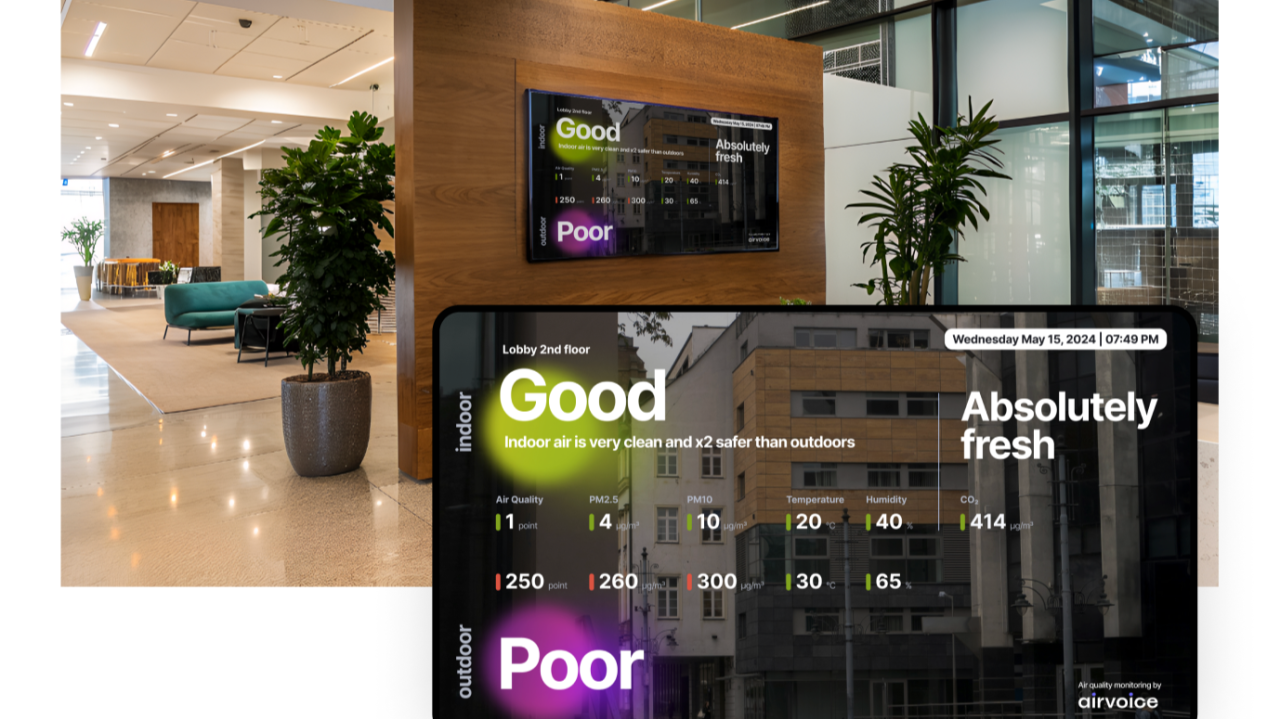To answer this and similar questions about how urban air "works", we conduct experiments from time to time. In one of the first such experiments, we installed one air quality monitor on each floor of a 12-storey building in the center of a metropolis to determine the dependence of pollutant concentrations on height.
As can be seen from the graph, stations on floors 10, 11 and 12 recorded lower concentrations of fine dust particles compared to those located on floors 1−9. Observations have shown that the difference in air quality between the lower and upper floors is stronger in the episodes of pollution during frosty calm weather, when a stable stratification occurs in the surface layer of the atmosphere. If the pollution is well dispersed, the air quality on different floors differs only slightly.
So, is it right that the air is cleaner at the level of upper floors? Alas, there is no universal answer.
The fact is that the air quality outside the window of a particular apartment is highly dependent on the characteristics of air flows in the city canyon. In addition, every city is different. For example, in our practice, we observe large cities that were formed around factories. In such cities, the ambient air on the level of lower floors can even be cleaner than on the upper ones, since the key sources of pollution are emissions from industrial pipes.
By the way, air quality data is already taken into account during real estate valuation in large cities.
The scale of the future impact of reliable high-resolution temporal and spatial air quality data is estimated at 10% of the entire real estate value in the city. In particular, this conclusion follows from a study conducted in Chinese cities that already have fairly dense monitoring networks and open data on air quality.
So, is it right that the air is cleaner at the level of upper floors? Alas, there is no universal answer.
The fact is that the air quality outside the window of a particular apartment is highly dependent on the characteristics of air flows in the city canyon. In addition, every city is different. For example, in our practice, we observe large cities that were formed around factories. In such cities, the ambient air on the level of lower floors can even be cleaner than on the upper ones, since the key sources of pollution are emissions from industrial pipes.
By the way, air quality data is already taken into account during real estate valuation in large cities.
The scale of the future impact of reliable high-resolution temporal and spatial air quality data is estimated at 10% of the entire real estate value in the city. In particular, this conclusion follows from a study conducted in Chinese cities that already have fairly dense monitoring networks and open data on air quality.










